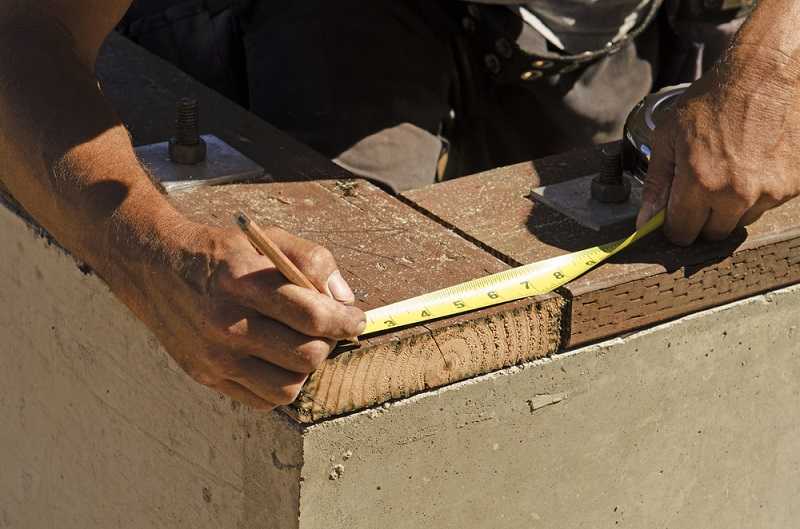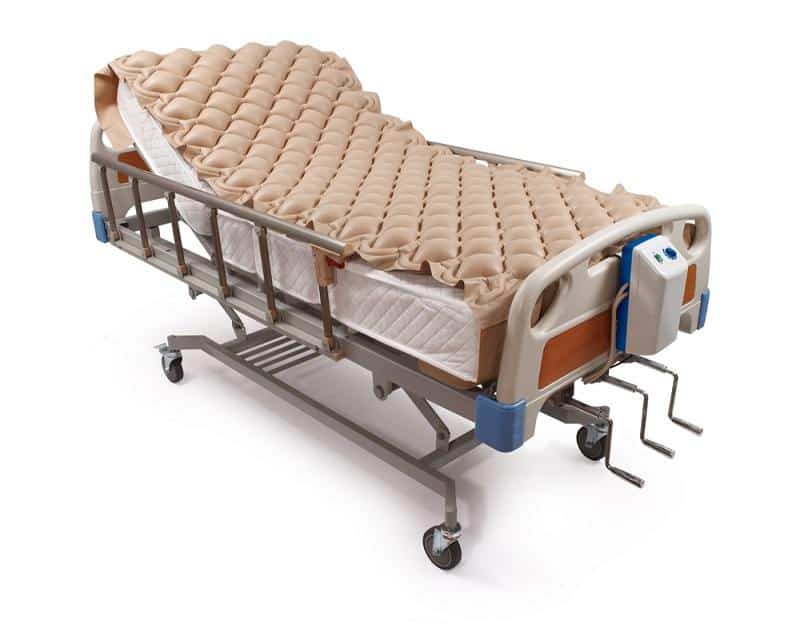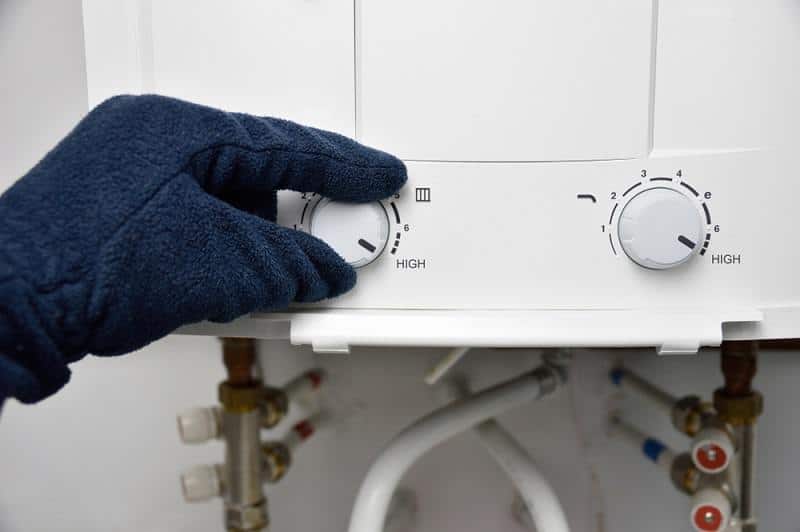How To Remove Bathroom Sink Drain
Whether you’re changing a bathroom sink, trying to clean the sink thoroughly, or just replacing the P-tramp – it is necessary to get the drain off. And that’s usually not an easy job.
Like most plumbing jobs, you will need to know how to start doing this and proceed to get the work done accordingly. It won’t be easy, but with the right recommendations and steps to follow, you will probably do it well and without wasting any time or effort.

In this article, we want to teach you exactly that: how to remove a bathroom sink the right way. If you’re eager to learn more about everything you need to do for that, then come and find out!
What to Know about Sink Drains
The first thing to know is that drains are almost always made of white or black PVC. In some cases, the drain is made of ABS plastic. And in old or fancy bathrooms, you may find chromed metal drains, either made of brass or copper.
This is important because it will let you know what to do or not, depending on your needs. Also, it gives you an idea of the type of drain you’re working with. You will have the chance to clean it or handle it more effectively once you are informed.

Apart from that, drains also come in different sizes or diameters. Some can be large as 1.25-inch in diameter, others are 1.5-inch, and the largest ones can reach up to 2 inches in total diameter. For sinks, the usual one is the 1.25-inch trap. Yet, there are many variations to consider.
Some drains come with articulated arms or bodies. This allows the user to install the piece more effectively in awkward places. But when removing, this design can make it a little more complicated.
Overall, just be sure to know that sink drains can come in all types of builds, designs, and sizes. That will help you have a better idea of how to proceed. Luckily, the general removal process is always similar.
Step-by-Step Removal of Bathroom Sink
Now that you’re familiar with how sinks work and what you may encounter, it is time to learn how to remove it. Here are the tools you need and a step-by-step guide:
What You Will Need
- Screwdriver
- Hammer
- Adjustable pliers
- Bucket & rags for cleaning
- Headlight, flashlight, or work light (if you’re working in a dark place)
- Hacksaw or pipe cutter (if cutting is needed)
- Replacement P-trap kit (if you’re replacing the drain)
You can find all these items on Amazon, here:
Once you have these items, then you’re ready to start taking the drain off. Here’s how:
1. Prepare the Area
Before you even begin touching the piping, be sure to prepare the area. Here, we recommend placing the bucket just under the drain so you can drain all the internal water directly. And sure enough, place the rags around the bucket so you can clean if any water spills.
2. Light up the Place (if Needed)
If you’re in a dark place, bring your own light. We recommend headlights as they are the easiest to use in these situations. But flashlights and work lights are not bad choices either. Use what works better for you.
3. Remove the Trap Bend
Once you have the bathroom ready, you can start removing the drain. Here, you need to start with the trap bend. This is the curved area of the drainpipe or P-trap.
To do this, follow these steps:
- Unthread the slip nut that attaches the trap bend to both ends of the drain. These nuts are handheld, so you will have to do so by hand. Otherwise, use the adjustable pliers to loosen them up. Then get them off by hand.
- Once the slip nuts go out, you can pull the bend away from the sink without getting it off the tailpiece that connects to the drain. Here, turn the piece backward and empty its content inside the bucket.
- Now you can finish up by removing the tailpiece that connects to the drain. Be careful of water coming out from the tailpiece. After removing it, you’re heading to the rest of the P-trap.
It is important to remember that some drains come with articulated trap bends. In that case, be extra careful not to bend the piece too much as you can break it. But if you’re replacing it altogether, then you can be less cautious.
4. Remove the Trap Arm
This is the other part of the P-trap that connects the sink to the wall drain. It is also called the tailpiece, and it is utterly necessary to get out if you want to either clean or replace the pipe completely.
Here’s how to remove this part:
- Loosen up the slip nut that secures the pipe to the wall. Again, use any type of plier or tool you can have to loosen it up and finish by removing it with your hand.
- When removing the piece, be careful not to spill any dirty water on the floor. Use the bucket to pour the content.
In some cases, this tailpiece gets stuck into the wall. To get it off, you can twist and turn until it gets off. Try to be careful here as well; you may end up breaking the piece by mistake.
5. Remove the Sink Stopper (if Any)
The pop-up stopper is the part that you can pull in or out of the sink drain hole to block the water or let it drain. Some sinks don’t have this part, so you can pass this step if yours doesn’t.
If it does, then you can proceed to get it off like this:
- Slide the U-shaped spring on the end of the arm. This is a lever-like piece you need to remove from the inside of the sink. It is connected to a lift rod, so you need to get the spring first.
- Then proceed to unscrew the nut that holds the lever into place. You can do this by hand or using the pliers. Finish by taking the stopper out from the sink.
Some stoppers are pretty different in design and overall build, so the process can vary exponentially. We recommend finding out the type of stopper you have before proceeding with this.
6. Remove the Rest of the Drain
Now that you’ve taken the stopper off as well as most of the P-trap, you can get the rest of the drain out. At this point, we’re talking mostly about the piece that connects the sink with the drain tube, so there’s not much work left to do.
Here’s how:
- Start by holding the nut on the bottom of the sink. This part connects the main tube with the sink directly. You can use the adjustable pliers for this as it is often pretty hard to do so by hand.
- Once the pliers are attached to the nut, you can turn it counter-clockwise. This will loosen up the last piece so you can screw off the nut. It will leave the last piece of drain tube free, so you can take it off.
- You can use a screwdriver to hold the piece steady from the top, so the rest of the drain doesn’t move too much while you remove this nut. After removing the nut, take the screwdriver off.
- Finish up by hitting the last drain piece from the bottom up. This will release the previous bit of drain so you can get it off.
This is the last step, so if you’re here, it means you’ve successfully uninstalled a sink drain. You can now proceed to clean, replace, or fix as needed.
Final Word
Just remember to follow our advice and every step in this article to the letter, and you’ll get that sink drain off effortlessly.
As long as you take into account every piece of info in this article – then you won’t have any problem. Do it now!
Last update on 2024-03-17 / Affiliate links / Images from Amazon Product Advertising API. WaterFilterly is user-supported. We might receive a commission on any purchase you make through clicking links on this page.












